Summer Shares Will Begin Soon (and how we got to this point)
The workings of any farm are a series of cycles and a pattern of rhythms, tweaked slightly from year to year but otherwise, certain tasks and events can be counted on every year.
The winter is a time for farmers to evaluate the prior year’s crops (failures, successes, improvements) and design the crop plan for the coming year. They evaluate equipment needs and repairs, building repairs, staff roles. There is always something going on behind the scenes.
What members see are winter pick-ups, sign-up forms for the summer, and then they wait, anxiously, to be told when summer shares begin.
Summer share pick-ups will begin on Monday, June 6 and Thursday, June 9. Both days from 2:00-6:30.
But how did we get here?
March
The propagation house (the heated greenhouse) opened on March 7 and onions were the first seeds in the pots. Each week another crop is seeded until the tables in the house are jam packed with trays of little green shoots.
·As of May 26, the greenhouse is largely empty since the plants have gone into the ground. A second round of seedlings has been started.
April
In April, direct seeding to the fields happens. Spinach, carrots, and beets are sown in rows and covered for warmth. At the same time, head lettuce, kale, cabbage, broccoli, herbs, and onions are transplanted to the fields. And the first beneficial critters were ordered to keep the bad bugs at bay!
Most of the seasonal staff returned. We had an all-staff meeting to go over policies, food safety procedures, etc. Volunteer workdays were announced. The winter share survey was distributed to members.
Irrigation lines are repaired and placed.
May
May transplants include baby lettuce, zucchini, yellow squash, more head lettuce, chard, more broccoli, more onions and herbs, flowers. Also in May, tomatoes go into the high tunnels and cucumbers are planted.
·While the planting continues, this year we had to repair the damaged hoop houses on the summer side of the farm. Repairs were completed and peppers were transplanted to all 6 houses.
·In the shop, tractors are inspected, hoses and gears are checked. All fluids and filters are replaced.
The farmer training program at UVM included a visit to the farm and the first work rotation began.
Bonnie Acker hosted Aziza Malik's 5th grade class from Champlain Elementary School at the farm to paint 18 new signs for the pick-your-own crops and the class also planted the Kids’ Garden. (See below.)
·Electric fencing is placed once crops are in the field.
The first volunteer workday was held and the corral fencing was pulled down.
And the weeding in fields started: flamers were used to kill surface weeds before planting and row covers were placed for warmth and to limit weeds.
The administrative tasks, behind the curtain, ramp up in mid-January and just keep going: it’s a lot of tweaking, balancing, communicating, informing, and orienting for 650 shares (and up to 1000 families.)
We are looking forward to seeing you and your families again and growing healthy food for you. See you in a very short time!



